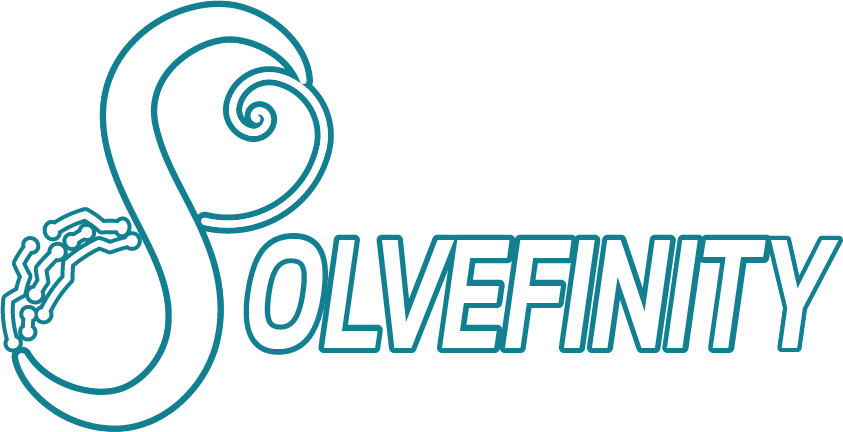
What is design thinking? permalink
Design thinking is a problem-solving framework that encourages creativity, iteration, and human-centered solutions. Instead of following rigid steps, students and educators explore different approaches, refine their thinking, and embrace failure as a stepping stone to deeper understanding.
Whether in math or educational technology, design thinking puts the learner at the center, valuing flexibility, exploration, and real-world problem-solving.
How I First Discovered Design Thinking permalink
I first encountered design thinking through the LEAP (Leadership & Educator Advancement Project) program, a professional learning partnership between Towson University and my district. The course itself was focused on Social & Emotional Learning in K–12 Classrooms, but one of the modules introduced design thinking as a way to approach instruction.
Honestly, I didn’t expect it to change the way I thought about teaching math. But the module emphasized the empathy step—really listening to students, understanding their needs, and creating multiple entry points that honor who they are and where they are. I was already familiar with iterative processes, but this was the first time I had a framework and a name for what I had been circling around in my own teaching.
It also connected directly to ideas I was already passionate about, like Math Is Messy. Suddenly, I could see that the messy, exploratory side of math wasn’t just a philosophy—it was part of a broader design-thinking approach that applies to both education and EdTech.
Why design thinking matters in math permalink
Too often, math is presented as a series of fixed procedures leading to a single right answer. But in real-world applications—whether in engineering, data science, or finance. Problems are rarely that straightforward. Students need to learn how to define problems, identify missing information, test ideas, and adjust their approach when things don’t work out.
Math should be messy because that’s how real problem-solving happens. Instead of seeing struggle as a sign of failure, students should see it as an opportunity to refine their thinking. When we teach students that math is about exploring, not just solving, we prepare them to be critical thinkers.

Applying design thinking to educational technology permalink
Design thinking doesn’t just apply to how we teach math—it’s also essential in how we build the tools that support learning. Many EdTech tools gather teacher feedback during development, yet the end product often misses the realities of daily instruction.
I believe that effective educational tools should:
- Support teachers instead of replacing them.
- Be flexible enough to fit different classroom structures.
- Encourage exploration instead of just delivering answers.
- Prioritize accessibility for all learners.
I take a design-thinking approach to building interactive learning tools, ensuring that students and teachers have the ability to test ideas, refine understanding, and make mistakes in a safe, exploratory environment.
Bringing it all together permalink
Design thinking is at the heart of everything I do—from developing math lessons to creating adaptive technology. It’s a mindset that values experimentation, revision, and seeing failure as part of the learning process. Whether you’re a teacher, developer, or just curious about better ways to learn, let’s explore how we can make math and technology more engaging, accessible, and student-centered.
Subscribe below for updates when new materials are available for design thinking.
